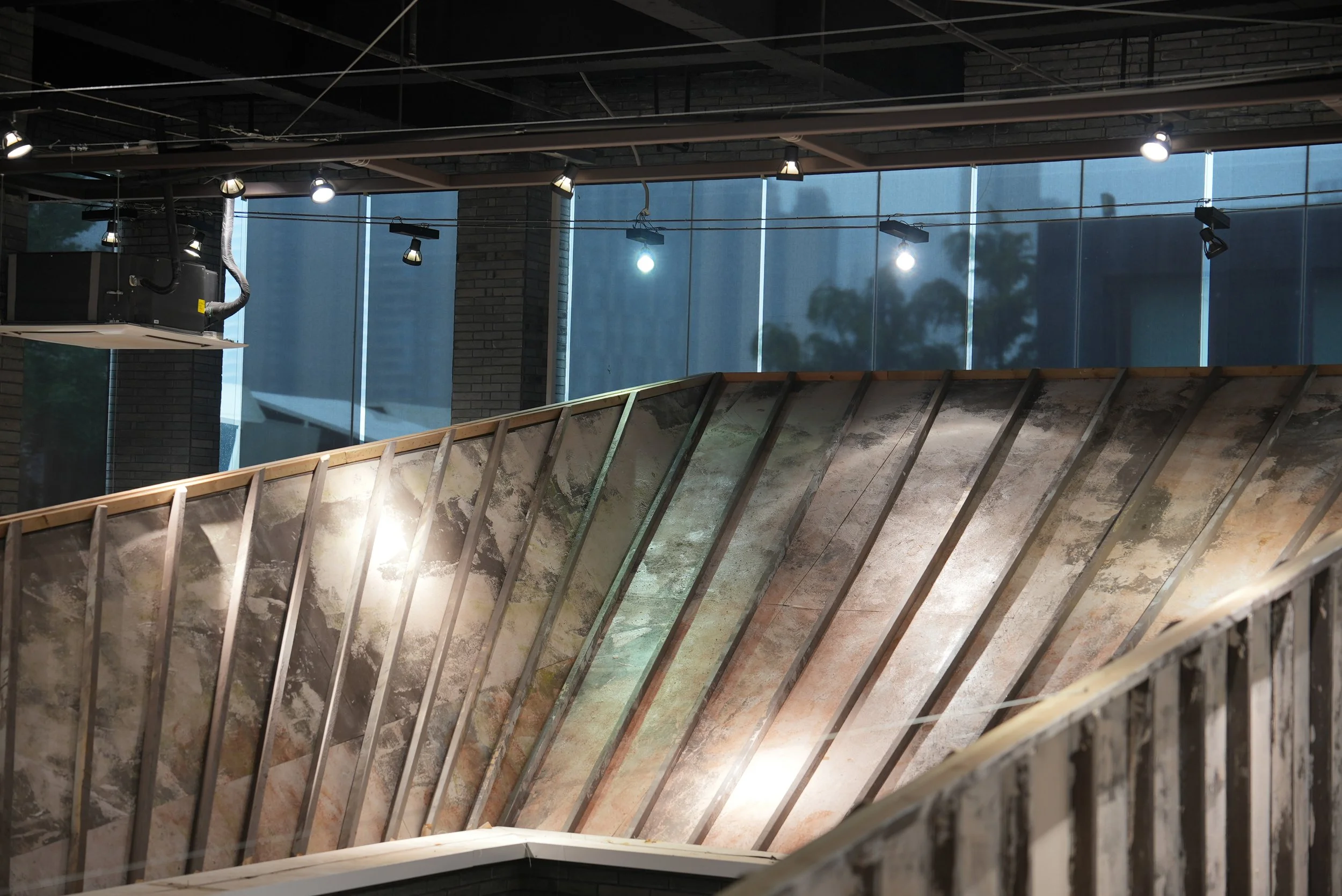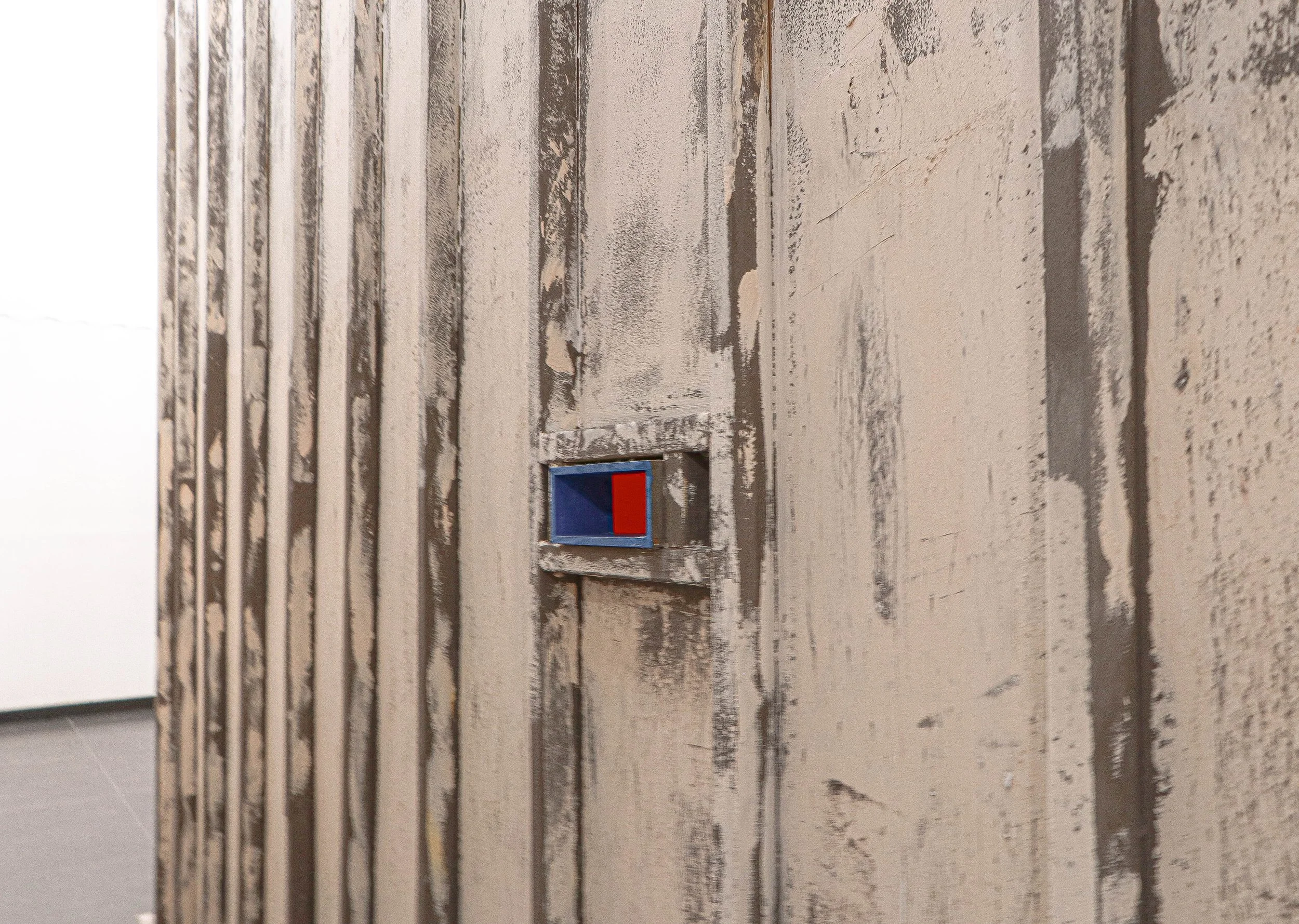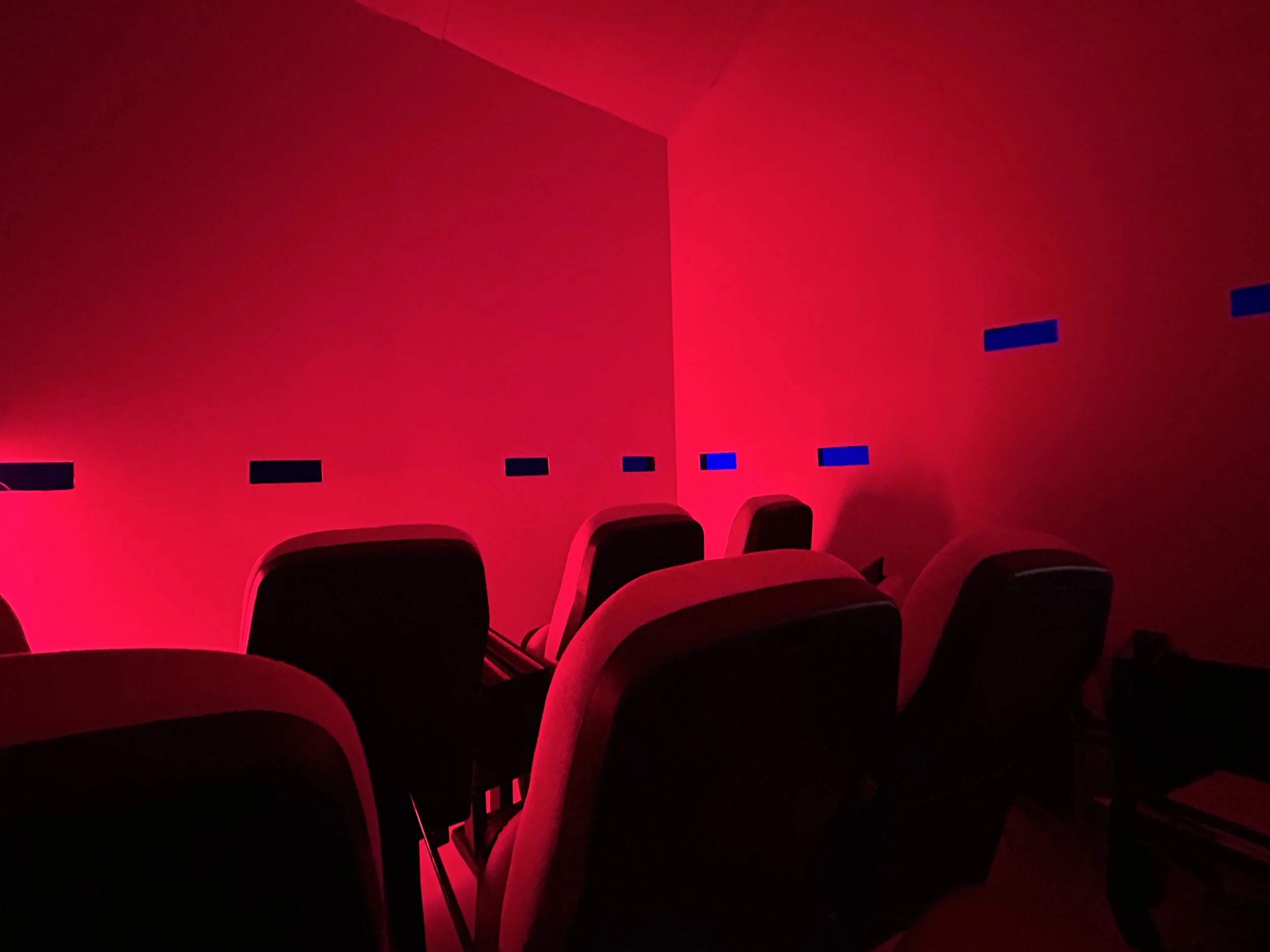Moment 2024
10m*7m*5m
Mengmeng Luo& Xinghao Liang
Since the end of the Cold War in the 1980s and the onset of globalization, artists have increasingly explored issues related to race, gender, and class, reflecting on the relationship between nature, art, technology, and modern life. Richard Wagner argued that with the advent of the rational and scientific era, humanity gradually lost its respect and reverence for nature, resulting in a fragmentation of the harmonious connections between artistic forms. These forms evolved in isolation, losing their original inspirational power.
Drawing on Wagner’s concept of Gesamtkunstwerk and Ilya and Emilia Kabakov’s spatially narrative works, we aim to blur the boundaries between visual art, sound, performance, and architecture, creating an experience that fully engages the human sensory system while causing audiences to forget they are “within an artwork.”
Additionally, the works of Gregor Schneider and Rachel Whiteread, which focus on "rooms" and the "architecture of defeat," influence our approach. They prompt us to consider whether the audience’s spatial experience within galleries and white spaces is an integral aspect of art itself. From Daniel Buren’s perspective, a museum embodies a holistic ideology expressed throughout its entire space, not just in the areas exhibiting art. Based on these insights, we aspire for our work to be organically created rather than passively interpreted by the audience.
The significance of the installation within the film exhibition space lies not only in its operability and deployability but also in its emphasis on unique materiality. This materiality allows the film elements to convey narrative and metaphorical expressions, ultimately transitioning into the film's materiality in the overall context of the installation. The exhibition environment constructs its own unique narrative.
The focus is on montage narration in film and its combination with the site situation. "Moment" is a large-scale installation completed through the collaboration of artists Luo Mengmeng and Liang Xinghao. The museum’s staircase has been transformed into an accessible cinema by the artists, who have also presented this space as a large sculpture within the exhibition.
As the audience ascends the stairs, they emerge from a container with an unknown entirety, as the building has been constructed behind them. The interior cinema has been reimagined as a space that cannot be entered, placing the audience behind the screen, under an unknown gaze. Narrow passages, dim lighting, and uncomfortable sounds contribute to the audience’s sensory experience, with the overall space collectively embodying dramatic content.
Side details in the left
back and the roof view
Different perspectives on the space within the work










